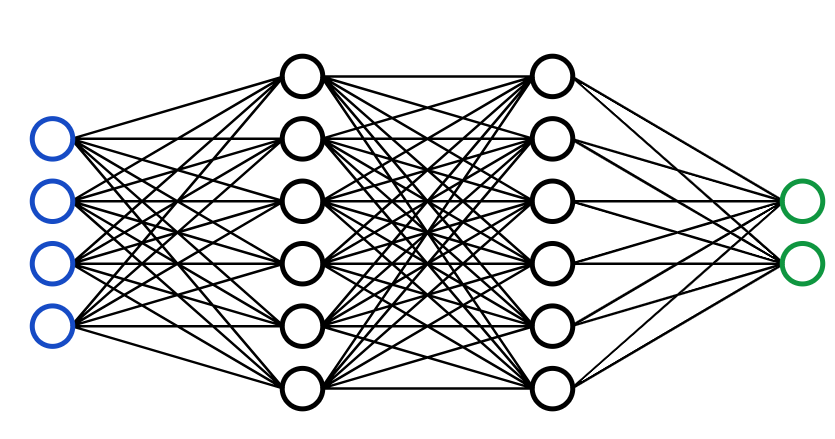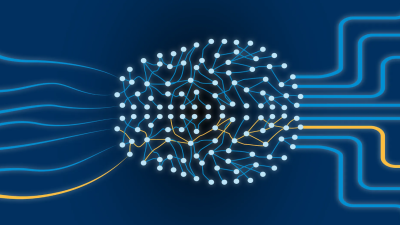Augmented reality has transformed how we interact with digital content. No longer confined to screens, AR projects digital elements onto our physical world.
Behind this revolution lies neural networks—sophisticated algorithms that mimic human brain function.
These networks learn patterns from vast datasets and apply this knowledge to generate AR content that feels natural and responsive.
The partnership between neural networks and AR is creating experiences that were once impossible.
Real-Time Content Generation
Traditional AR content required extensive pre-production. Every interaction had to be manually coded and anticipated.
Neural networks have changed this equation entirely.
Today’s AR systems powered by neural networks can generate content instantly based on user interactions and environmental factors.
When you point your phone at a landmark, neural networks can recognize it and overlay historically accurate recreations without any pre-programmed data for that specific location.
This real-time capability creates more dynamic experiences. As explained by experts at AR Marketing Tips, businesses using these technologies see higher engagement rates than with static AR.
Personalized AR Experiences
Neural networks excel at understanding personal preferences through interaction patterns.
This creates AR experiences that adapt to individual users.
For example, shopping applications can show clothing items that match your style preferences and adjust recommendations as you interact with different products.
Educational AR apps can identify your learning pace and adjust content complexity accordingly.
This personalization makes AR content more relevant and engaging.
Breaking Creative Barriers
Content creators face fewer technical limitations with neural network-powered AR.
The technology handles complex calculations behind the scenes, allowing creators to focus on creative vision rather than implementation details.
A designer can sketch a concept, and neural networks can transform it into functional AR content with minimal technical intervention.
This democratizes AR creation, making it accessible to artists and marketers without extensive programming knowledge.
Enhanced Object Recognition and Tracking
Neural networks have dramatically improved how AR systems recognize and track objects.
Earlier AR applications struggled with complex environments and changing lighting conditions.
Today’s neural networks can identify objects from partial views and maintain tracking even when objects move behind obstacles.
This reliability makes AR practical for industrial applications like maintenance guidance, where precision is essential.
Challenges and Limitations
Despite impressive advancements, neural networks in AR face challenges.
Processing requirements can strain mobile devices, leading to battery drain and performance issues.
Privacy concerns also arise since neural networks often require extensive user data to function effectively.
Content creators must balance innovation with these practical considerations.
The Future Landscape
As neural networks continue to evolve, AR content will become increasingly sophisticated.
We’ll likely see AR experiences that understand not just what we’re looking at, but the context around our interactions.
Neural networks will enable AR content that responds to emotional cues and environmental factors invisible to the human eye.
The boundary between generated and pre-designed content will continue to blur.
Implementing Neural Network AR Content
For creators looking to implement these technologies:
Start with frameworks that already integrate neural networks for specific AR functions. TensorFlow and PyTorch offer modules specifically designed for AR applications.
Focus on collecting quality training data relevant to your specific use case. The performance of neural networks directly correlates to their training data quality.
Consider edge computing solutions to address processing limitations on mobile devices.
Conclusion
Neural networks have fundamentally changed what’s possible in augmented reality content generation.
By enabling real-time adaptation, personalization, and enhanced recognition capabilities, they’ve opened new creative possibilities for developers and brands alike.
As these technologies continue to mature, the line between digital and physical realities will become increasingly seamless.
The most successful AR implementations will be those that leverage neural networks not just for technical capabilities, but to create more meaningful and intuitive human experiences.





